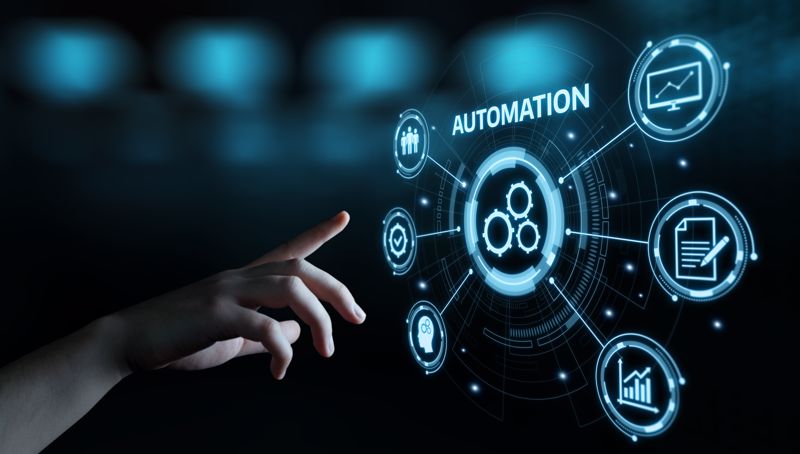
Introducing more automation into HR
There are few industries in which automation has not made an impact of some sort. Generally speaking, this development can be seen as a positive one: In sectors like manufacturing, the implementation of automation widely means increased safety for human workers and greater baseline productivity. Meanwhile, in areas of professional services, such as finance, marketing and human resource management, bringing AI and other forms of automation to the table means that personnel spend less time occupied by necessary but time-consuming processes. Particularly in HR, team members can dedicate more time to initiatives that provide more direct bottom-line benefits to their organizations.
However, there is still something of a deficiency in terms of how much HR is using AI, especially in terms of the technology's potential to make HR departments more focused on building up the personal excellence of individual workers. As more and more organizations look to increase their flexibility, the need to implement and successfully use automated tools will only grow in importance.
Automation and the evolution of HR
As explained in Sage's 2020 report "The Changing Face of HR," HR is no stranger to evolution, right down to its name — before the 1980s, HR departments generally went by the name "Personnel." In the late 2010s and early 2020s, the use of terms like "People" or "People Operations" has grown somewhat common, and is likely to become increasingly prevalent as the decade progresses. While "human resources" is a considerable step up from the pragmatic coldness of "personnel," the language's shift to "people" reflects a slow but steady uptick in the awareness that increasing employees' engagement and satisfaction is more likely than just about anything else to boost their productivity and quality while mitigating turnover.
How does automation factor into this? The basic answer is simple: Automated tools can eliminate a great deal of the superfluous tasks from an employee's daily workload — up to 60%, according to research conducted by McKinsey & Company. While specifics vary between industries as well as individual organizations, there's no doubt that this is true, whether in the context of overseeing industrial control systems or managing holiday scheduling for an entire workforce. But not all companies that can embrace automation for HR have done so: Sage's report identified that almost half of modern organizations — 43% — believe they won't keep up with the pace of AI development (as well as that of other cutting-edge technologies) over the course of the coming decade.
Begin with hiring and onboarding
In recent years, a significant number of companies have utilized AI within the various stages of the hiring process, particularly for the purpose of analyzing job applicants' submitted collateral and examining their answers to interview questions.
Organizations that are more tech-forward have taken this a step further by using automated analysis of the facial expressions and body language exhibited in video interviews. The latter is likely to become increasingly prevalent as businesses operate remotely more often (a development currently attributable to the COVID-19 pandemic but likely to extend long after that public health crisis begins to subside). Additionally, Workato pointed out that automation can significantly expedite the onboarding process by giving new hires rapid access to the applications they'll need for their day-to-day responsibilities and integrate them into company systems more quickly.
All that said, a certain degree of caution must be exercised regarding AI in hiring, with regard to privacy issues: According to The National Law Review, the state of Illinois recently passed a law requiring job applicants to know in advance that video interviews will be analyzed by AI, and it's entirely possible that other states might follow suit.
Better compensation and benefits administration
Given the incredible importance of benefits to all employees, it makes sense that tools capable of boosting efficiency — like AI — should be included in HR's efforts to improve how critical payroll and benefits processes are executed. As pointed out by Tech Funnel, you should be tracking metrics like vacation-time accrual and use of paid family leave on a paycheck-by-paycheck basis, and automation makes this a thousand times easier.
Efficient daily operations across the board
In a guest blog post for The HR Director, Sage Director of People Hannah Wright explained that the streamlining of HR duties facilitated by automation maximizes efficiency for all employees, not merely members of the department. Staff members know they'll be able to handle routine-but-necessary requests (for days off, insurance claim forms and so on) in a matter of minutes, and HR personnel will have the time to put their core skills to use in crafting programs that benefit the workforce in a substantive, long-lasting way. This makes for nothing short of a win-win situation.
